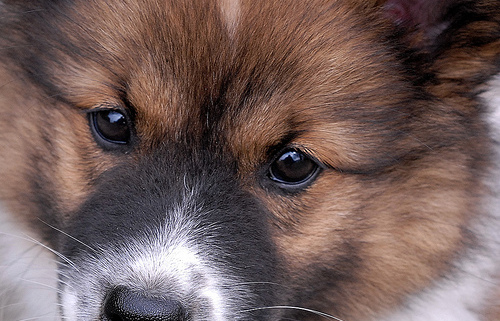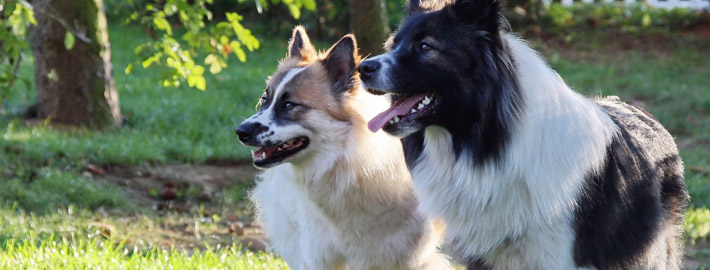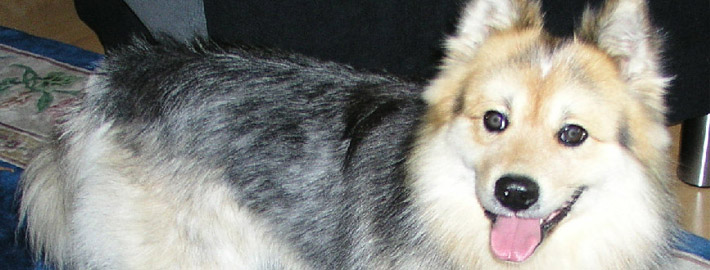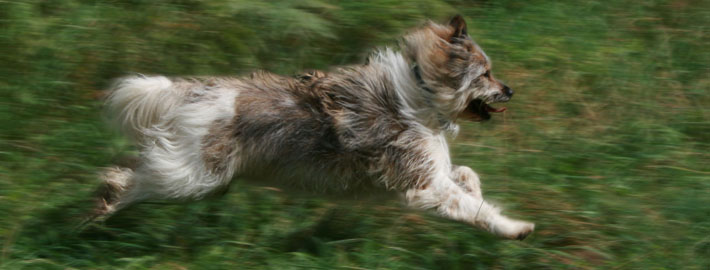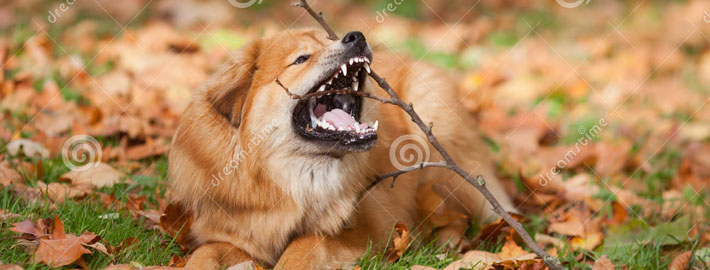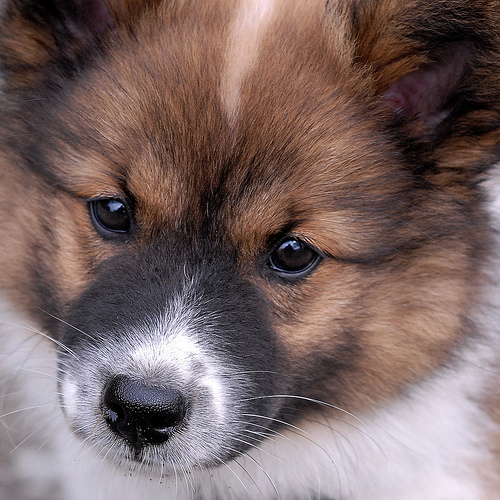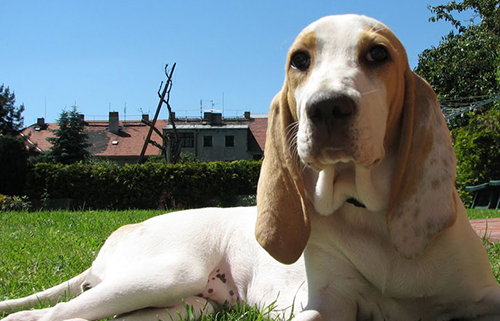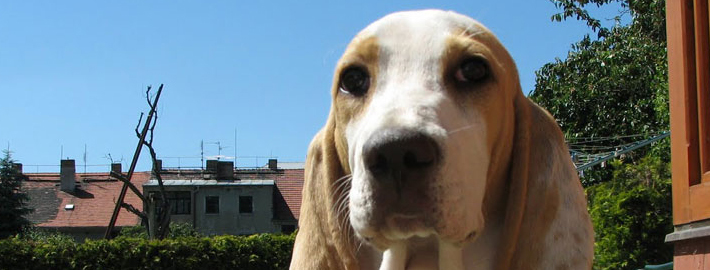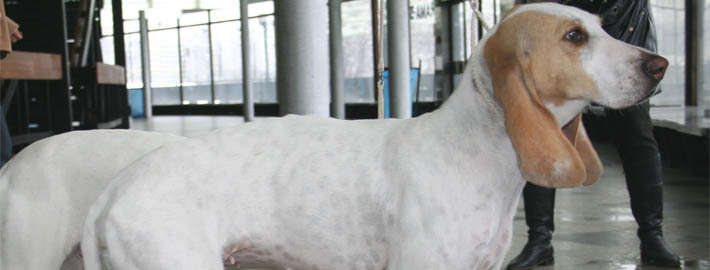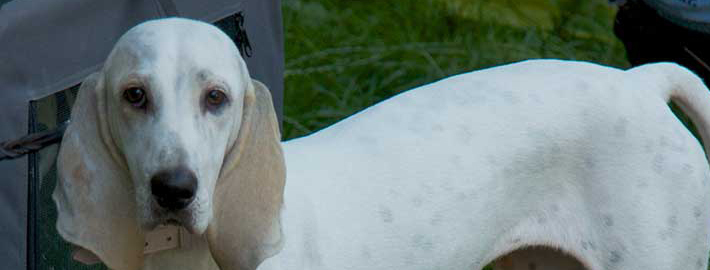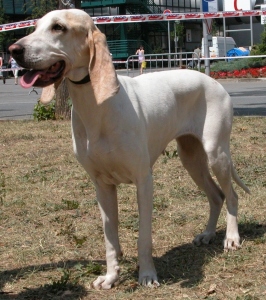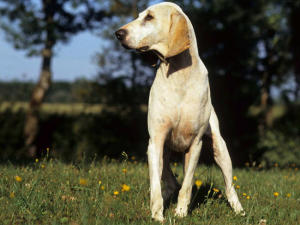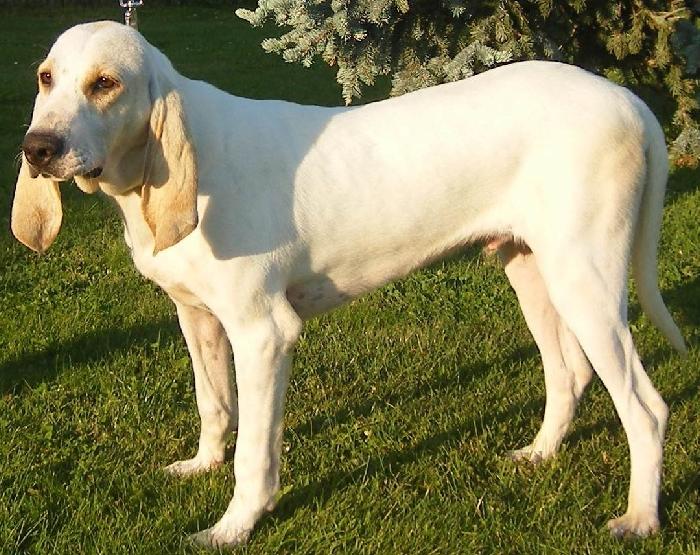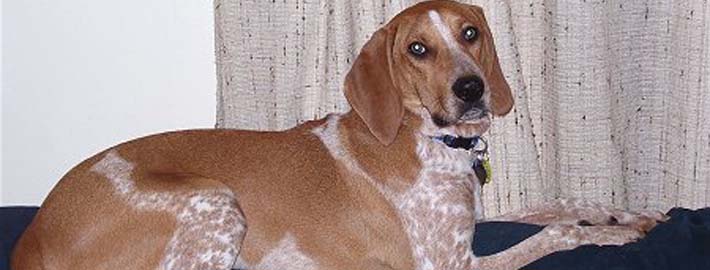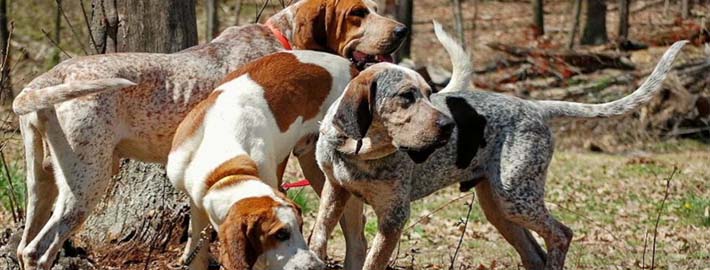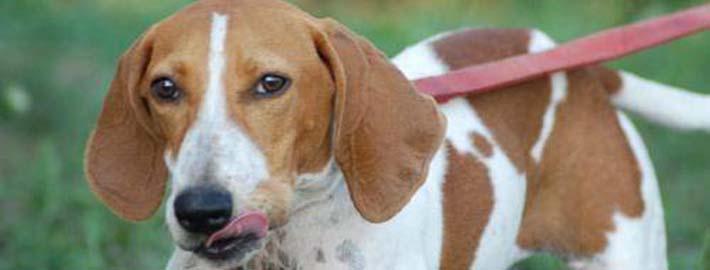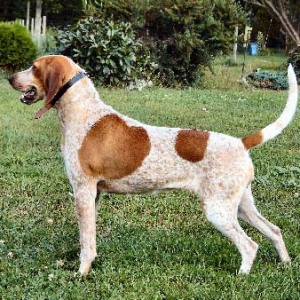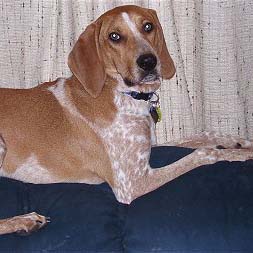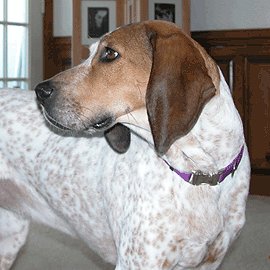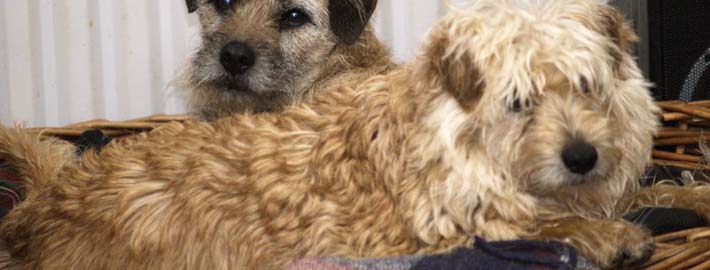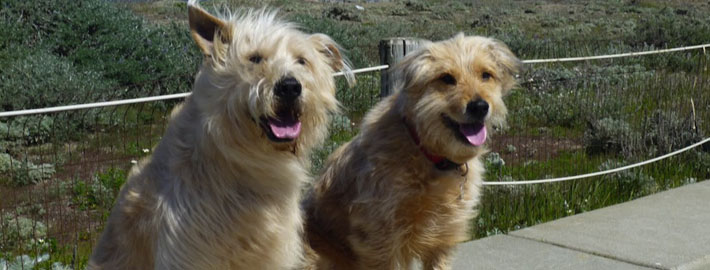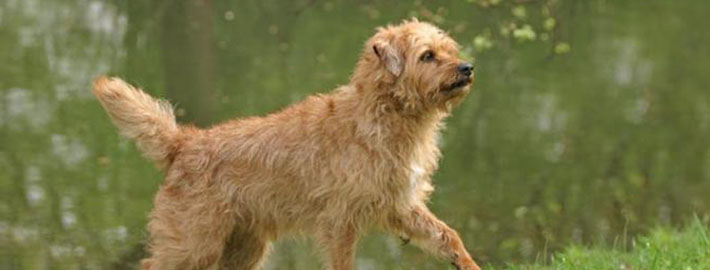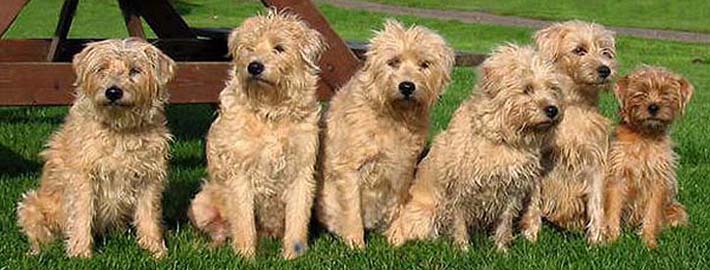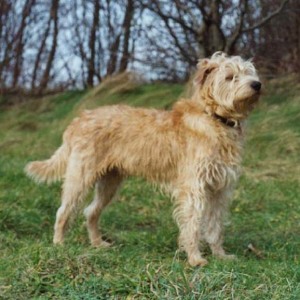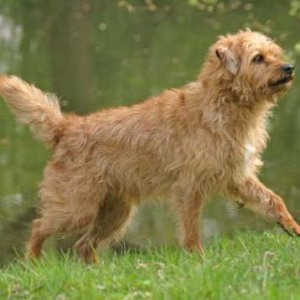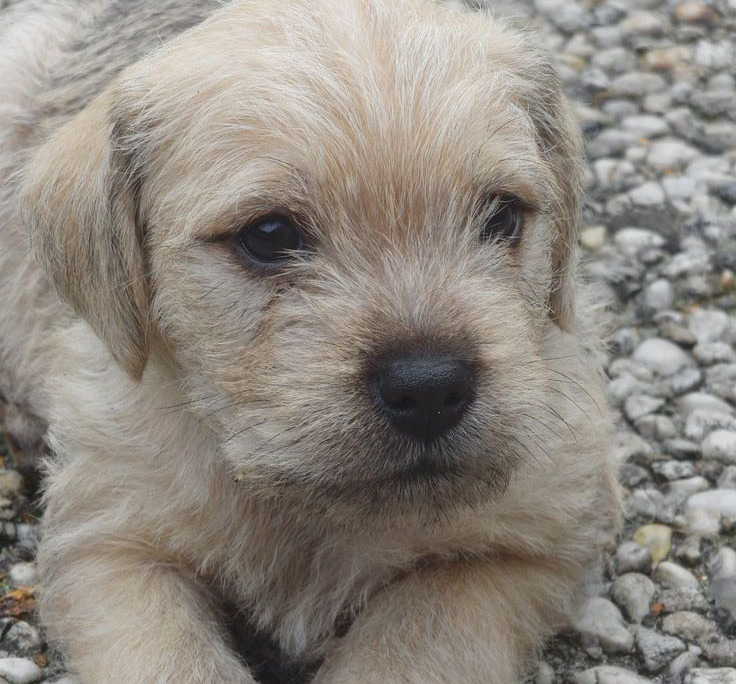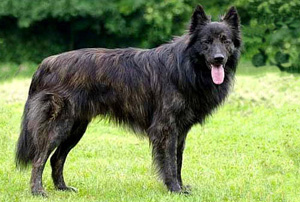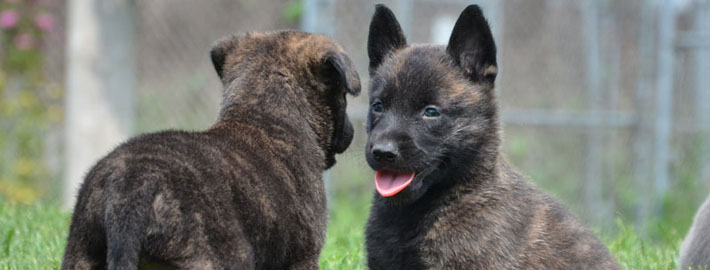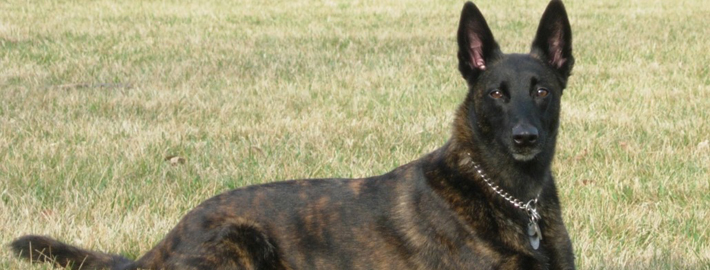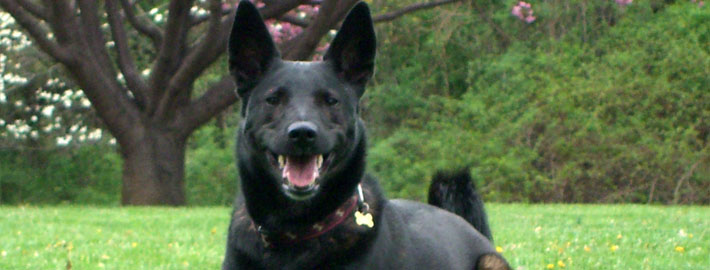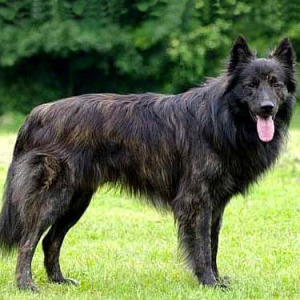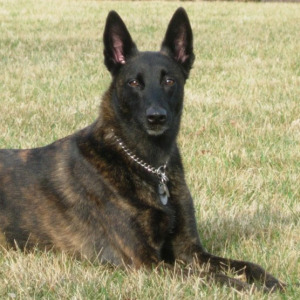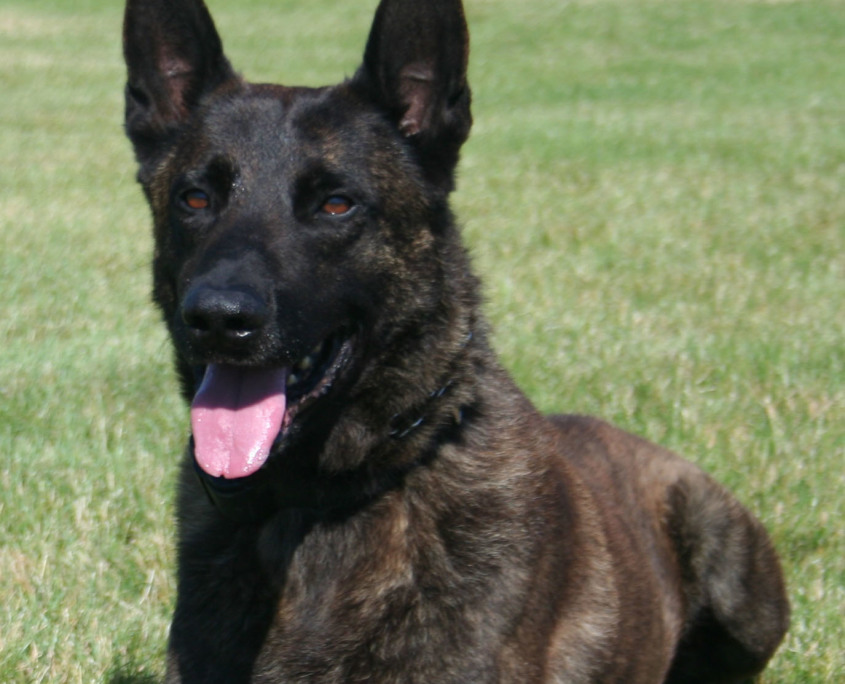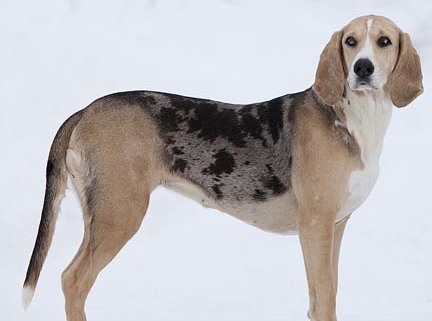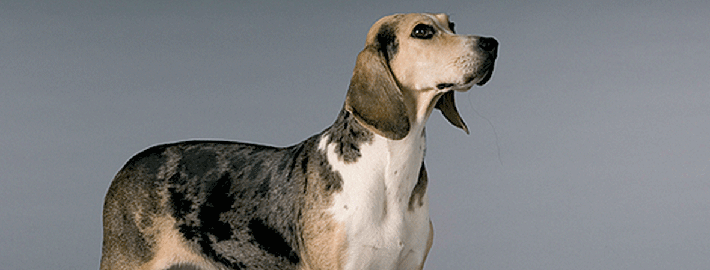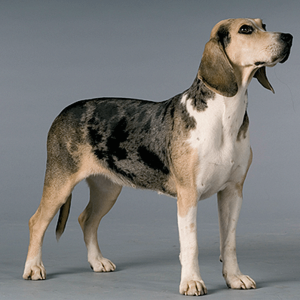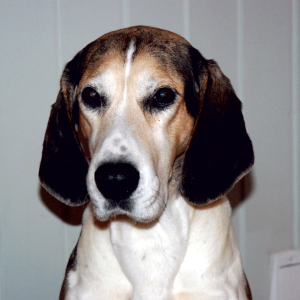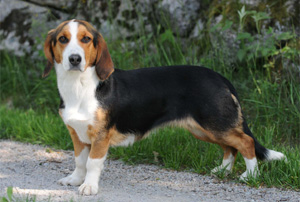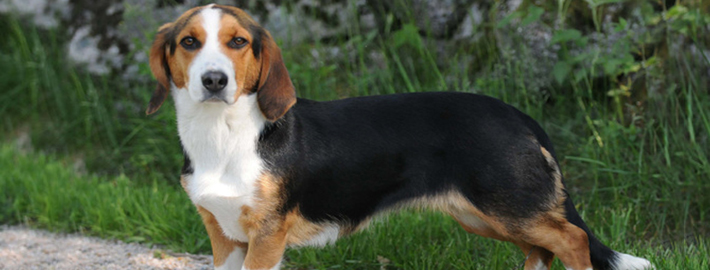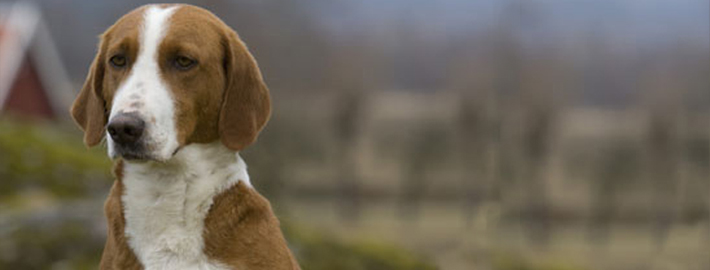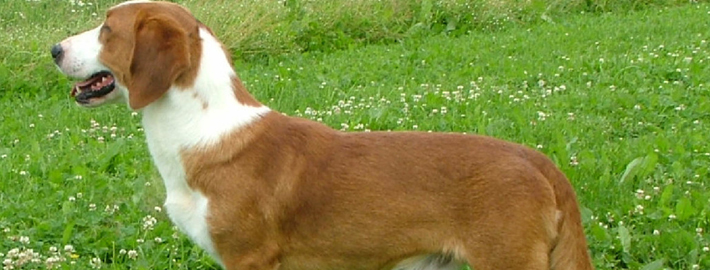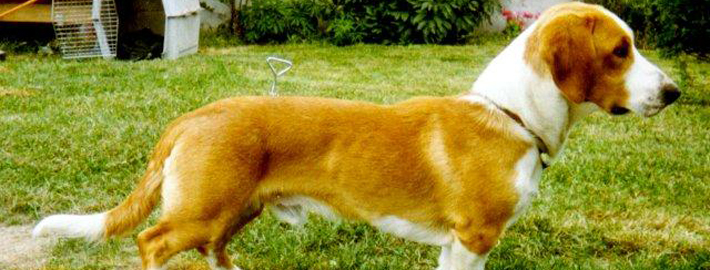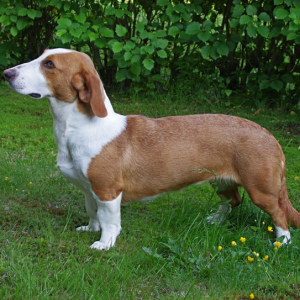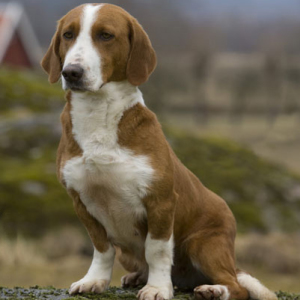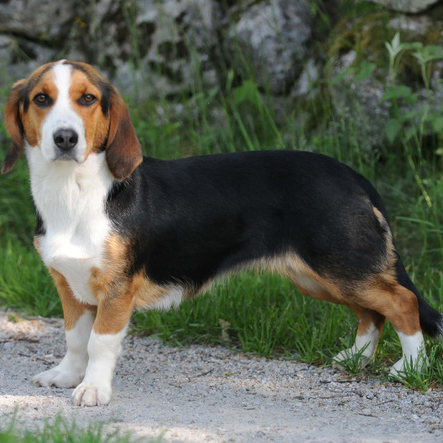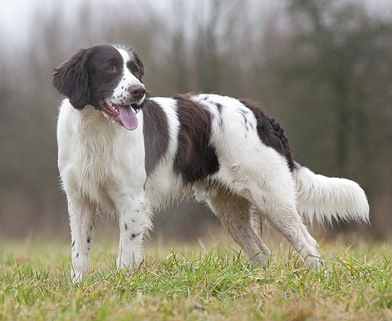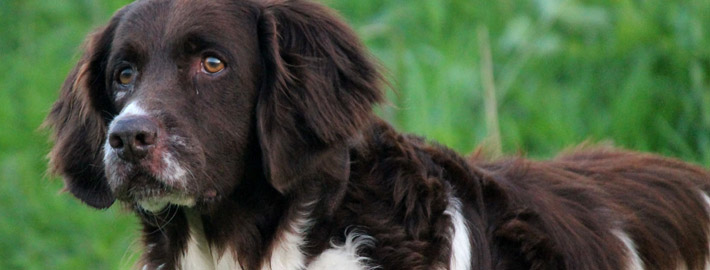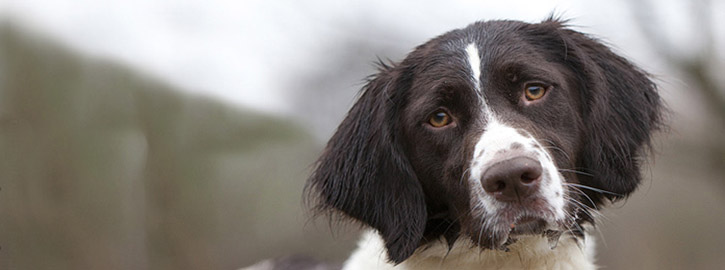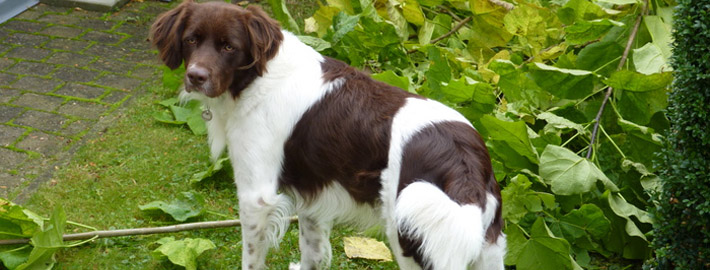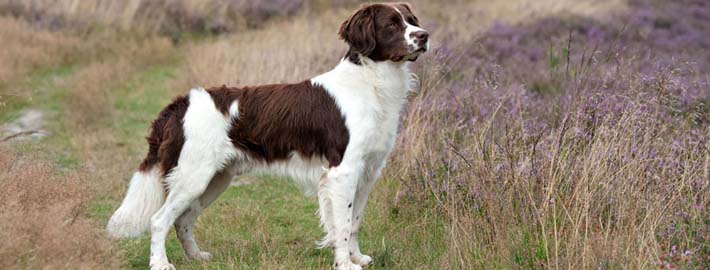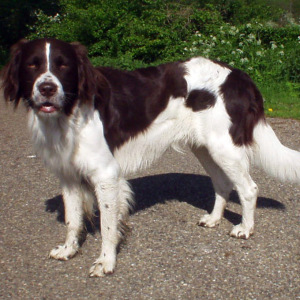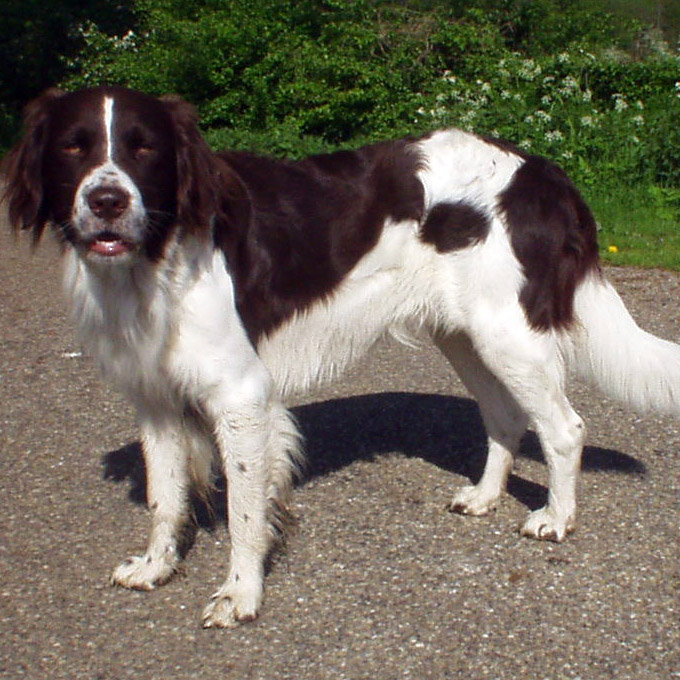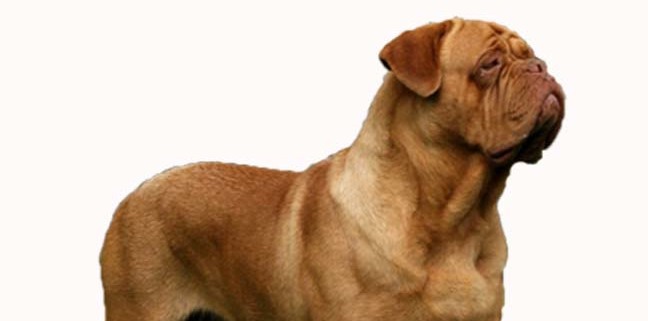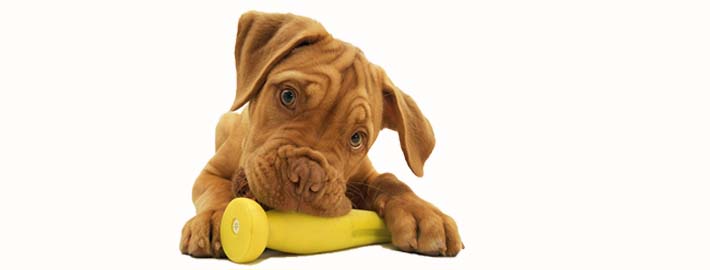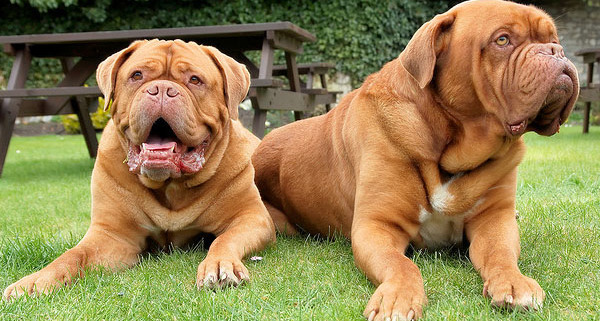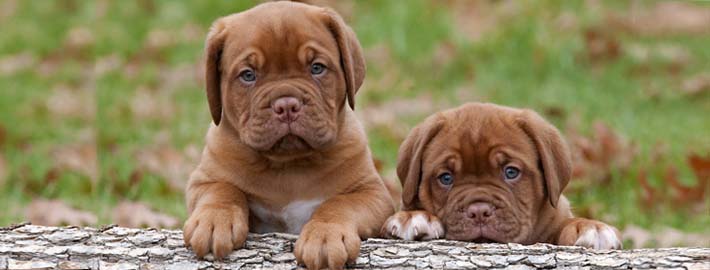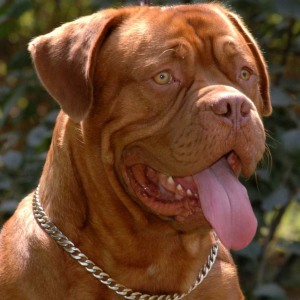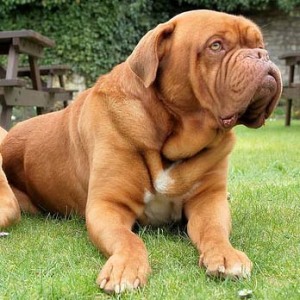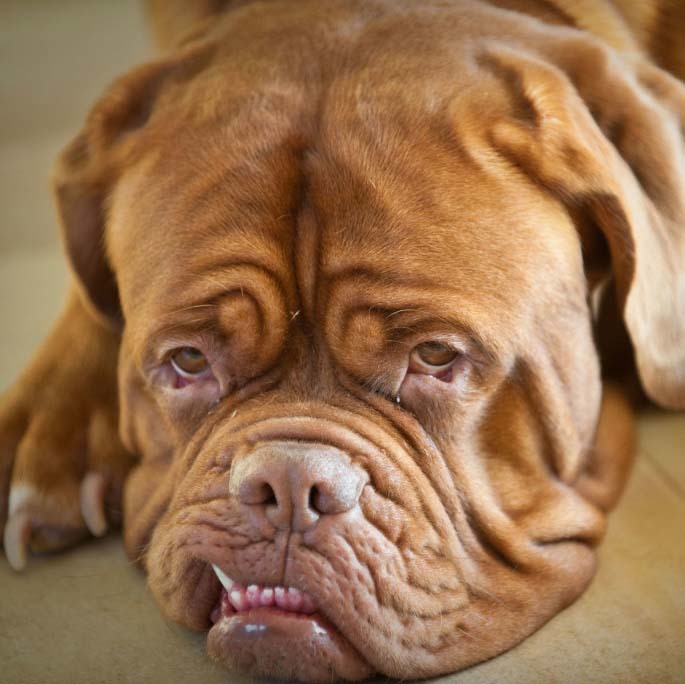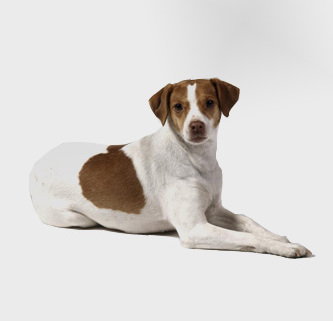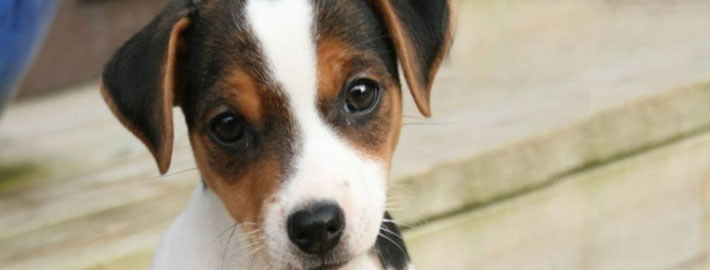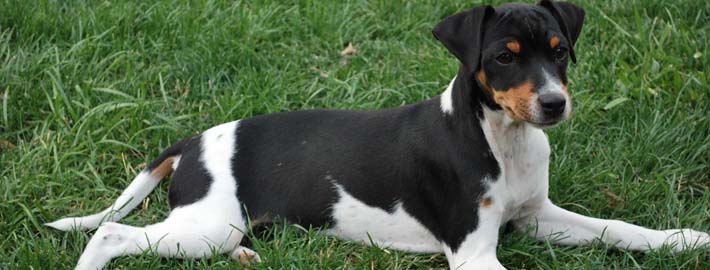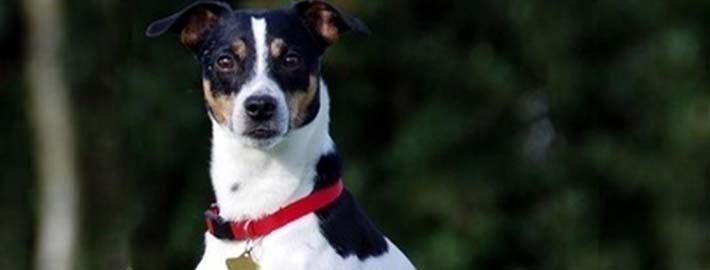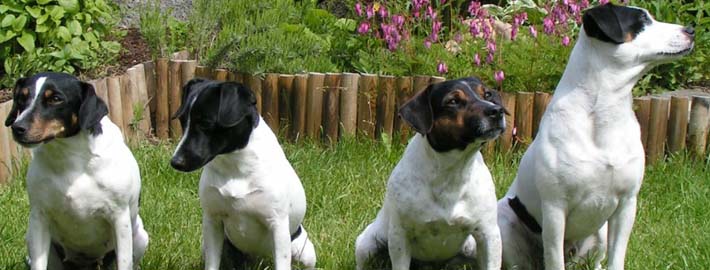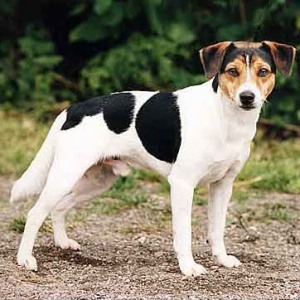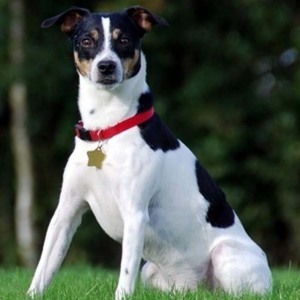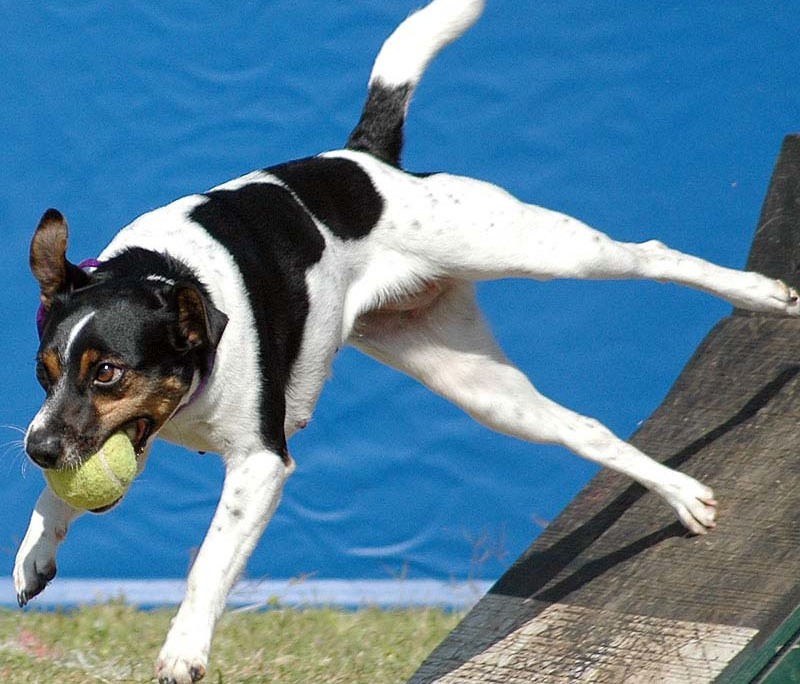Elo
Elo -Warm Friendship
What makes the Elo Unique?
The Elo is a unique breed as it is bred keeping in mind the behavioral and physical traits to make a perfect family dog. It was first bred by Marita and Heinz Szobries in Germany in 1987. The Elo dog is a German breed which has been trademarked by the Elo Breeding and Research Organization. You cannot breed an Elo without the permission of this organization as it is a trademark in Germany. A related dog breed called Klien- Elos is being developed from the Pekingese and various small Spitz.
Page Contents
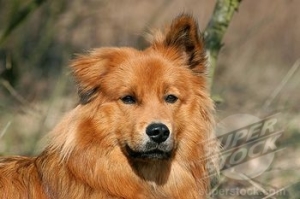
SnapShot
| Size: | Males – 48 to 56 cm (19 to 22 inches)Females – 46 to 53 cm (18 to 21 inches) |
| Weight: | Males – 13.6 to 20.4 kg (30 to 45 pounds)Females – 12.2 to 19 kg (26.9 to 41.9 pounds) |
| Origin: | Great Britain, Scotland, Wales, Ireland, England, United Kingdom |
| Life Span: | 13 – 16 Years |
| Colour: | Red Merle, Gold, White, Blue, Sable Merle, Red, Chocolate,Brindle, Lilac, Sable, Liver, Blue Merle, Black |
| Litter Size: | up to 10 puppies |
Is the Elo Right For You?
This guy wants a job, yep uhuh yep job please. In fact this guy neeeeeds a job. The workaholic of the dog world, if you are thinking of getting a border collie do not expect a cuddly, couch potato of a dog thats for sure.
They need more then just a walk around the block, you might think their energy is endless and it just might be! Herding is built into their very fabric and whether its sheep, squirrels, children (basically anything that moves) they will put that built in instinct to work. An extremely intelligent & sensitive dog you will be rewarded with a faithful companion that has the uncanny knack of knowing what you want before you make a movement.
The Border Collie would be a great match for someone who is willing to be as active as he is. They are interested in putting in the training and willing to get involved in activities including tracking, dog sports, obedience training, flying disc and others that involve agility and co-ordination.
In 5 Words
- Alert
- Energetic
- Tenacious
- Responsive
- Intelligent
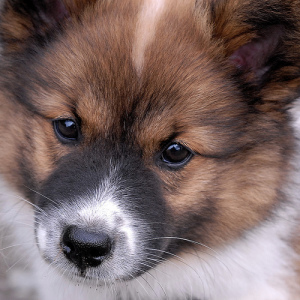
Characteristics
Learn About the Elo
Description
Elo is a new dog breed, created from Eurasier and Bobtail and a touch of Chow Chow and Samoyeds. This breed was first introduced in the late eighties in Germany. The aim of breeders was to create a family dog, small but with pleasant character, and a slight urge to hunt. The idea to create this breed was from Heinz Szobries longtime zoo worker in Hanover.
Prior to that, he held a Eurasier and bobtail and came to the conclusion that this breed showed large differences in the behavior even though they have the same living conditions. It was also noted that a large percentage of behaviors are inherited and thus came the idea to cross each of the breeds with the addition of a Samoyed and Chow Chow. He chose the name and patented it. The first generations of this new dog breed at first resembled to Bobtails, but after a couple of years, was born the first Elo.
The main idea was to create a ideal family dog, because today people don’t have a lot of time for keeping dogs with instinct for hunting, guarding or protection. Many want a dog that will not get in trouble for its behavior or its size, and that the dog is not aggressive, especially towards children.
A few years after the beginning of cultivation of this breed, there was a smaller form of these dogs. In order to maintain this smaller variant, Elo is mated with a small Pekinese Downtown and Japanese Spitz.
Short History of the Elo
The Elo is an emerging breed of dog, with development beginning in 1987 in Germany. The breed name is trademarked and development has been closely supervised by the Elo Breeding and Research Association. The Elo is notable in that it is primarily selected and bred according to behavioral characteristics and social behavior, with the goal of creating the best family pet.
Throughout its history, the Elo has been most commonly kept as a family pet and companion, proving its superior abilities to provide both entertainment and warm friendship.
Temperament
Best known for its playful and energetic nature, the Elo is a genuinely happy breed that is full of character and spunk. Due to its outgoing attitude and need for human attention, the Elo generally responds well to basic training and commands. As these dogs are bred to be perfect pets, they are generally calm and well behaved dogs.
Caring for Your Elo
General Health
As with all created breeds, the Elo’s small population size results in the risk of inbreeding and its after-effects of inbreeding depression, and frequent occurrence of hereditary diseases. While the Elo is typically known as a healthy and hearty breed, they may suffer from a few health problems, including: hip dysplasia, elbow dysplasia, patellar luxation – dislocation of the knee, distichiasis – ingrown eye lashes, frequent eye laceration and irritation, skin allergies, obesity, and bloat.
Grooming & Bathing
This breed needs brushing and combing since it is a heavy shedder and also to prevent matting of fur. It is also recommended to acquire professional grooming techniques in order to maintain its good physical appearance.
Exercise & Training
Widely regarded as one of the most intelligent breeds, Border Collies like to keep busy. These energetic dogs benefit greatly from regular physical exercise. They additionally excel in dog sports such as flyball and agility competitions. Border Collies will also do well in obedience classes, because they are smart and willing to please their owners.

